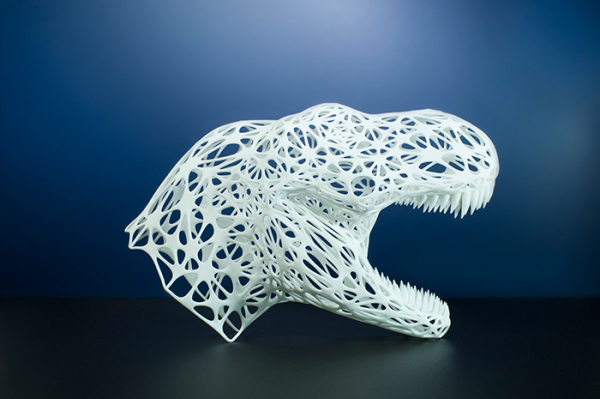Bringing back the individual by bringing 3D-printing to everyone
3D printing is one of the most encompassing innovations of the present world. While it has been around for quite a long time, it is only recently that buying a 3D-printer has become more attractive for regular consumers. It is not yet at the level that the “average Joe” can and will buy a printer. This will not be the case in the near future, but perhaps when we look longer term that the 3D-printer will play a part in everyone’s life.
In a relatively short amount of time devices that used to sell for twenty thousand dollars now sell for thousand dollars. This shows that the market for these printers has grown and that the production costs are going down. With the increase in potential customers that comes with this decrease in price the potential of the 3D-printers will also increase.
In my personal environment I see the usage of 3D-printers increase. They are however, only being used for fun-projects. That is also mostly the only thing they can be used for at the moment in private. The printers that consumers buy work with plastics nine out of ten times. With plastics you can only make a limited amount of possible products with the printers now available. That does not mean these products cannot already have a big impact on society. For example with plastics it is possible to create all kinds of household goods. A great site for downloading all kinds of products to create yourself is Thingiverse.com.
But what does the future hold for 3D-printing. For it to become a worldwide necessity it also has to become worldwide available for everyone. 3D-printing is already being used for a lot of things not on the personal consumer base.
I feel however that the real power of the 3D-printers is on the personal level. Frugal innovations are about making products available to everyone. This is great, it brings products that were previously out of reach to the public available to everyone. But this also comes at a cost. Frugal innovations have to bring down expenditure, which results in mass producing of the products. What this removes is customisation, it removes the personal level of the products.
With 3D-printing, the customisation comes back into play. Everyone is different and has their own needs and expectations of products. 3D-printing will enable us to bring our own desires into the products we create. When I am buying furniture I would prefer it much more to add my own flairs to a certain product such as a closet. Perhaps I want it to have a totally different paintjob then the default one. Ikea does not allow this for me at the moment, 3D-printing would.
The present way of industry provides us with a limited choice for the products we would like to buy. Bringing 3D-printing to everyone might bring back the individual in the mass market by allowing customisation.
Bas Krijnen
